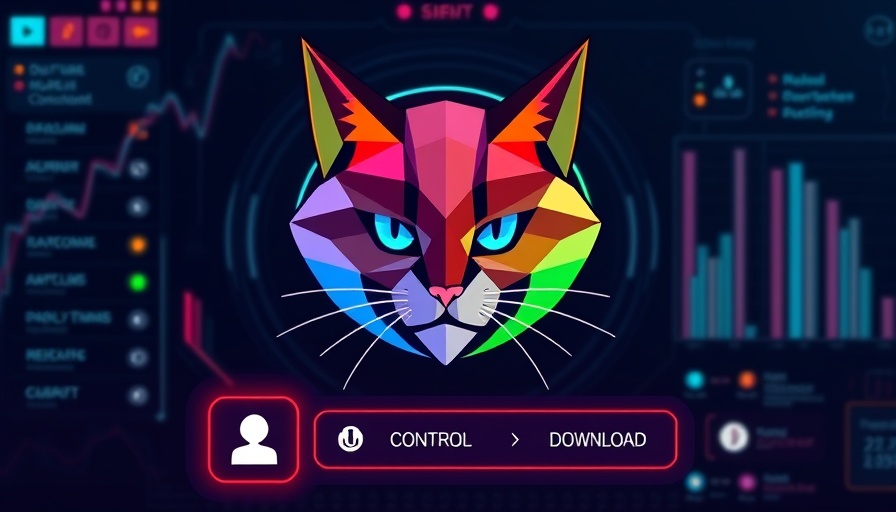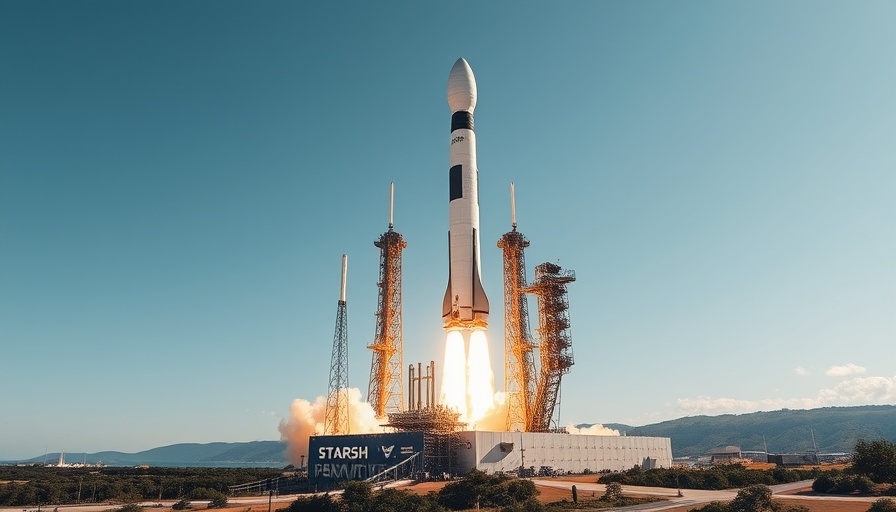
Understanding the Catwatchful Data Breach
Recent revelations have shown a serious breach in Catwatchful, a controversial Android spyware application. Security researcher Eric Daigle discovered a flaw that exposed the personal data of thousands of users, including sensitive information such as email addresses and passwords, along with the intimate data harvested from victims' devices. This incident has raised alarms over privacy in the digital age, especially regarding surveillance technology often disguised as legitimate applications.
The Mechanics of Catwatchful: How Spyware Operates
Catwatchful positions itself as a child monitoring tool, yet it acts as a spyware application, surreptitiously monitoring individuals without their consent. The app claims to be undetectable, while secretly logging detailed information, including photos, text messages, and even live audio and video from the user's phone. The fact that it can tap into a device’s microphone and camera is particularly troubling for privacy advocates. As users are unaware of its presence, this technology represents a growing threat to personal safety and privacy.
The Global Impact of the Data Breach
This breach has not only compromised the integrity of the application but also placed numerous victims in vulnerable positions. Most of the affected parties reside in Latin America, with a significant concentration in countries like Mexico, Colombia, and India. This pattern suggests that stalkerware is proliferating in regions where enforcement of privacy laws may be weaker, highlighting international implications in the ongoing battle against digital surveillance.
Cultural and Ethical Concerns of Stalkerware Usage
The rise of stalkerware raises unsettling ethical questions about consent and the personal freedoms of individuals. Many individuals might purchase such applications in a misguided attempt to keep tabs on loved ones, only to endanger the privacy and safety of others. The usage of such software often reflects broader societal issues regarding trust and control in relationships, especially within contexts where abusive dynamics may exist.
Security Failures and the Consequences of Poor Coding
As revealed by Daigle, the data breach was exacerbated by significant coding flaws in Catwatchful's system, including an unauthenticated API that allowed unauthorized access to private user data. This security failure serves as a stark reminder that many consumer-grade surveillance applications are not only illegal but also poorly designed. QWhen users choose these applications, they can unwittingly expose themselves and their victims to further jeopardy.
What Lies Ahead: The Future of Stalkerware and User Privacy
The Catwatchful debacle exemplifies the need for stronger regulations surrounding spyware. As technology evolves, so do the tactics used by those who seek to exploit it. Moving forward, legislators and ethical tech companies must collaborate to create policies that discourage unsafe coding practices and enforce accountability for those who create and distribute stalkerware applications.
Taking Action Against Stalkerware
This incident serves as both a cautionary tale and a call to action for individuals everywhere. If you suspect that you or someone you know might be a victim of stalkerware, it is essential to take proactive measures, such as updating passwords, reviewing app permissions carefully, and seeking professional help if needed. Additionally, raising awareness about the dangers of stalkerware can help curb its usage and encourage legal frameworks that protect personal privacy effectively.
In conclusion, the breach of Catwatchful highlights the critical need for public awareness and effective legislative action against surveillance applications that infringe on personal rights. As technology continues to advance, it is crucial to advocate for responsible usage and the protection of individuals' privacy.
 Add Row
Add Row  Add
Add 



Write A Comment